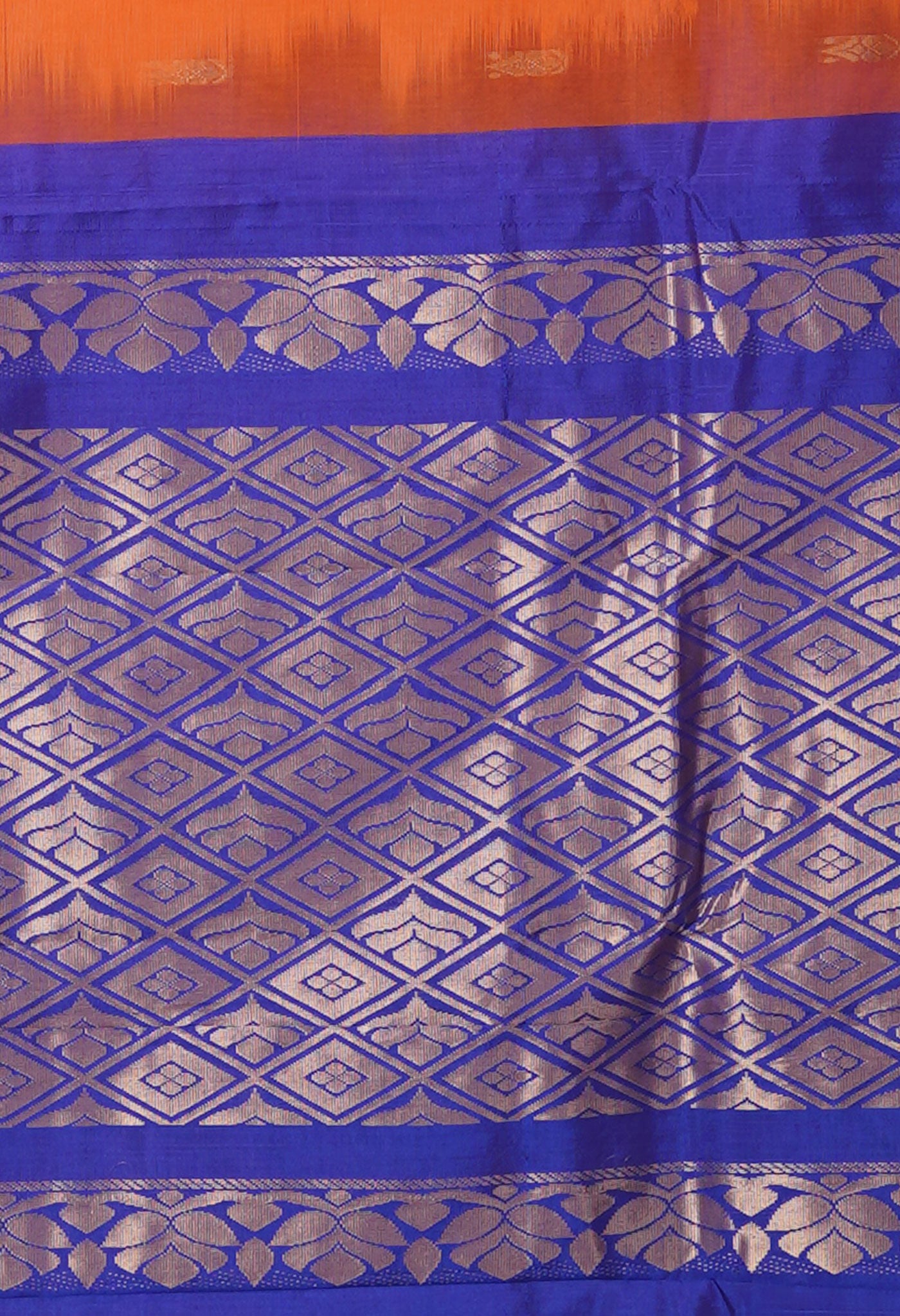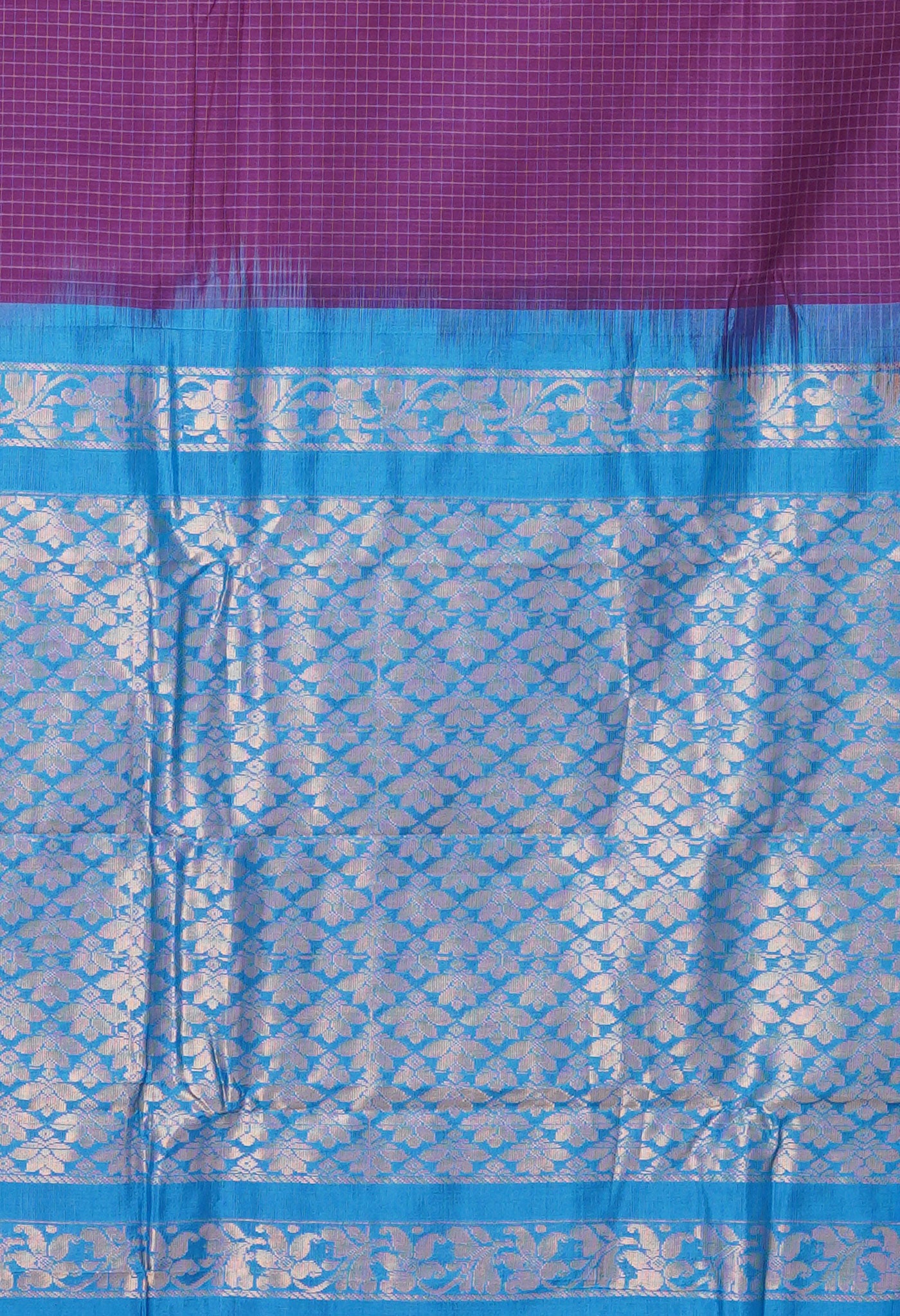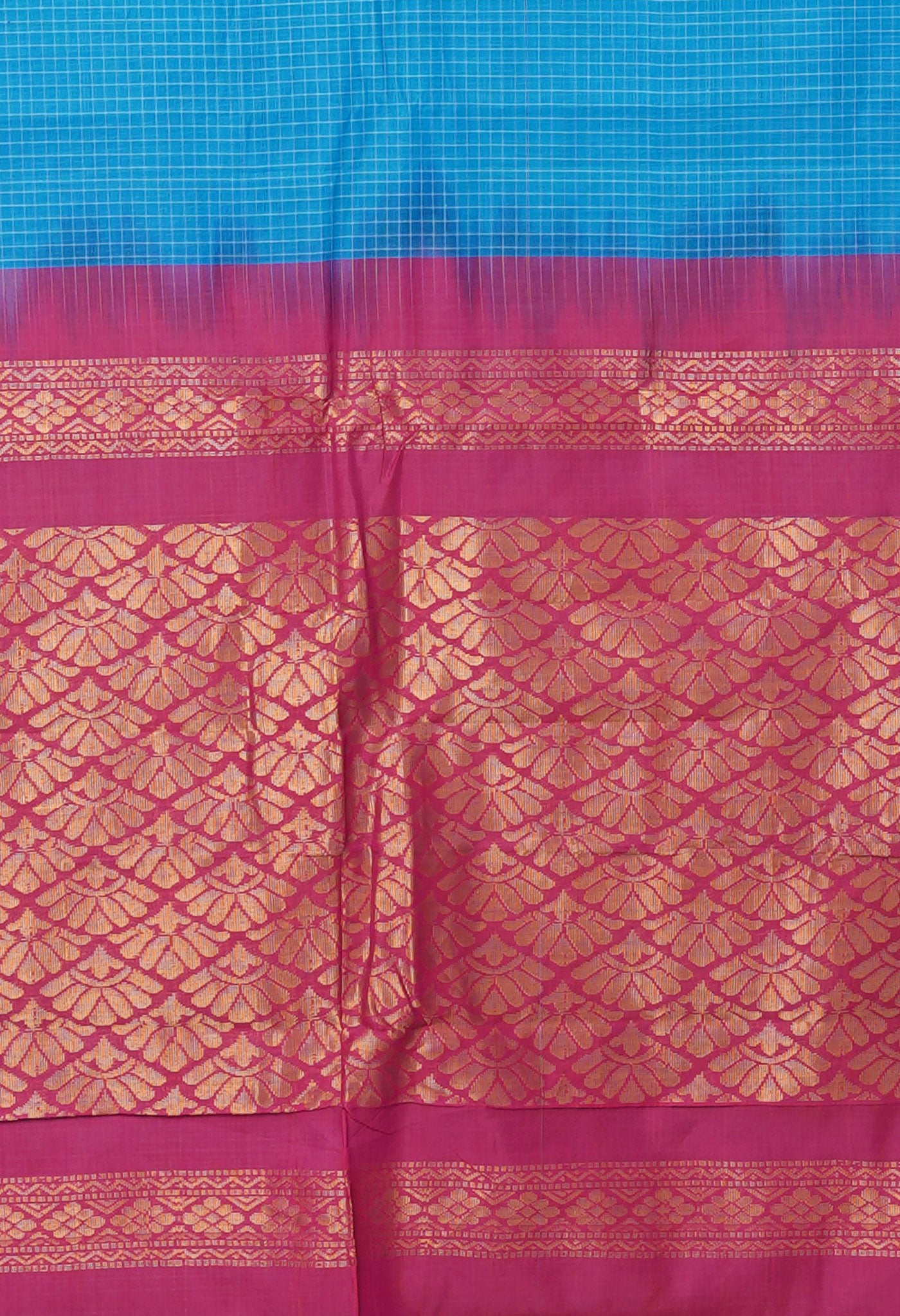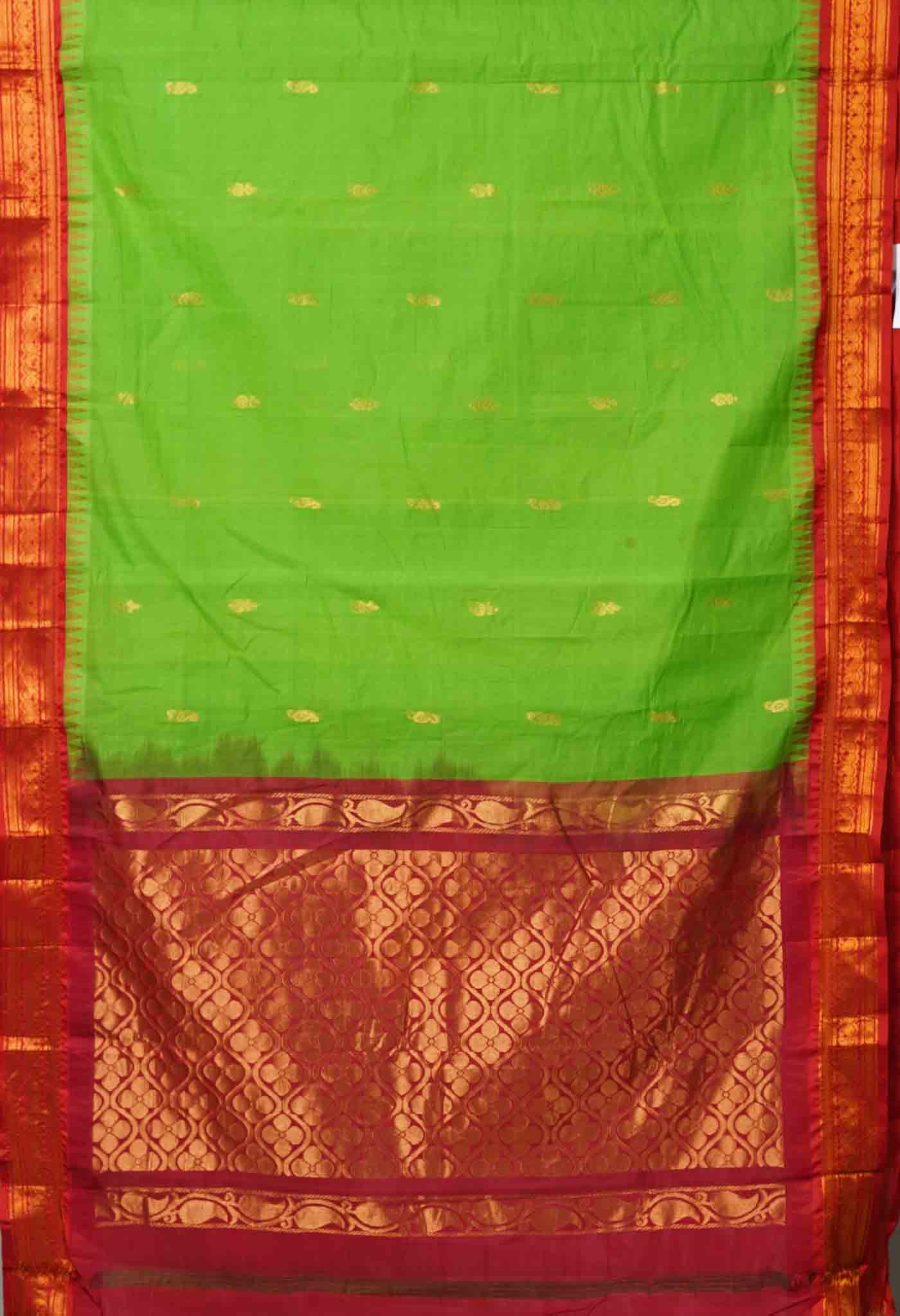WEAVER'S WORLD / GADWAL / PLACES TO VISIT -3
WEAVER'S WORLD / GADWAL / PLACES TO VISIT -3
The Joorala Project (also called the Jurala or Priyadarshini Jurala Project) is situated about 10 km from Kuravapur, Mahaboobnagar. It is constructed on the Krishna river. The Kurvapur Kshetra River is merging with water of the Joorala Project. The project was completed in 1995. The Jurala has a full reservoir level of 1045 ft and has a full capacity of 11.94 TMC.

This is situated between the rivers Tungabhadra and Krishna over an area of about 800 sq.miles. After the fall of the Warangal Andhra dynasty in the 14th century, Gadwal transferred its allegiance to the new Bahmani kingdom. According to the family history, Pedda Veera Reddy, Peddanna Bhupaludu, Sarga Reddy, Veera Reddy and Kumara Veera Reddy ruled Gadwal between 1553 and 1704. During the reign of Nizam Ali Khan Asaf Jah II, the Marathas gained power in certain parts of the Deccan and started collecting 'chouth' or 25% of the revenue known, as 'Do-Amli'. Raja Sitaram Bhupal died in 1840 and was succeeded by his adopted son, Raja Sitaram Bhupal II. Nizam VII bestowed on him the title of "Maharaja" and he died in 1924 and was survived by his widow and two daughters.
This is situated in Mahboobnagar district with an area of about 640 sq.miles. The Rajas of the Samasthans were closely associated with the Qutub Shahi kings. The early Rajas of Wanaparthi kept on army of 2000 infantry and 2000 cavalry. On 17th March 1843, the title of "Balwant" was conferred on Raja Rameshwar Rao as a mark of honour by Sikander Jah. For administrative purposes the Samasthan was divided into two taluqas namely "sugar" and "Kesampet" under the Tahsildars. The "Maharaja" died on 22nd November 1922. He was survived by two sons, Krishna Dev Rao and Ram Dev Rao. Recently this family was represented in the Indian government after Independence.

SHOP ONLINE








